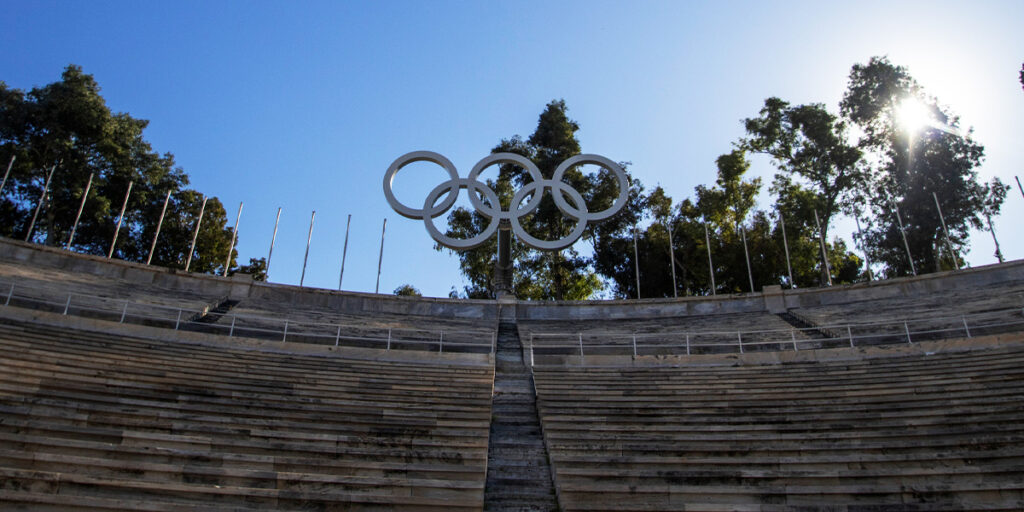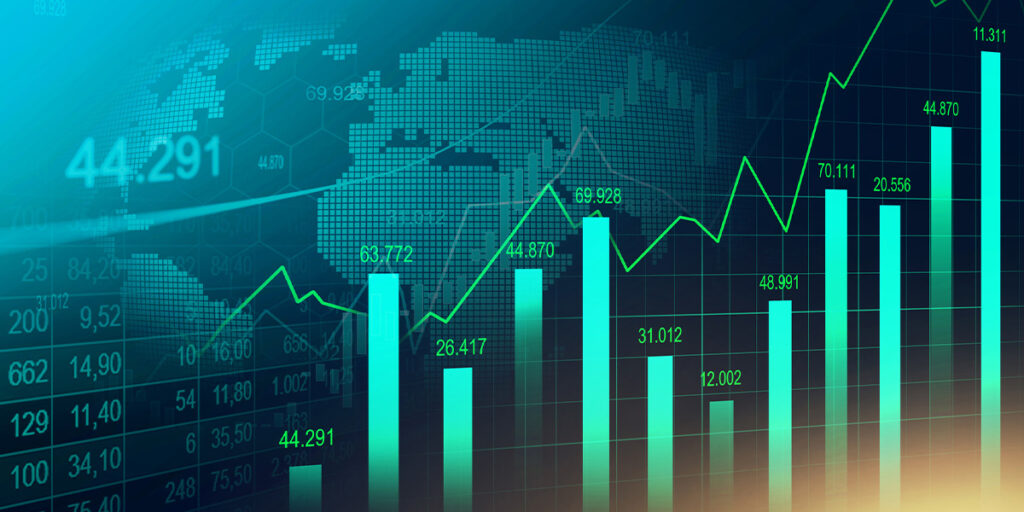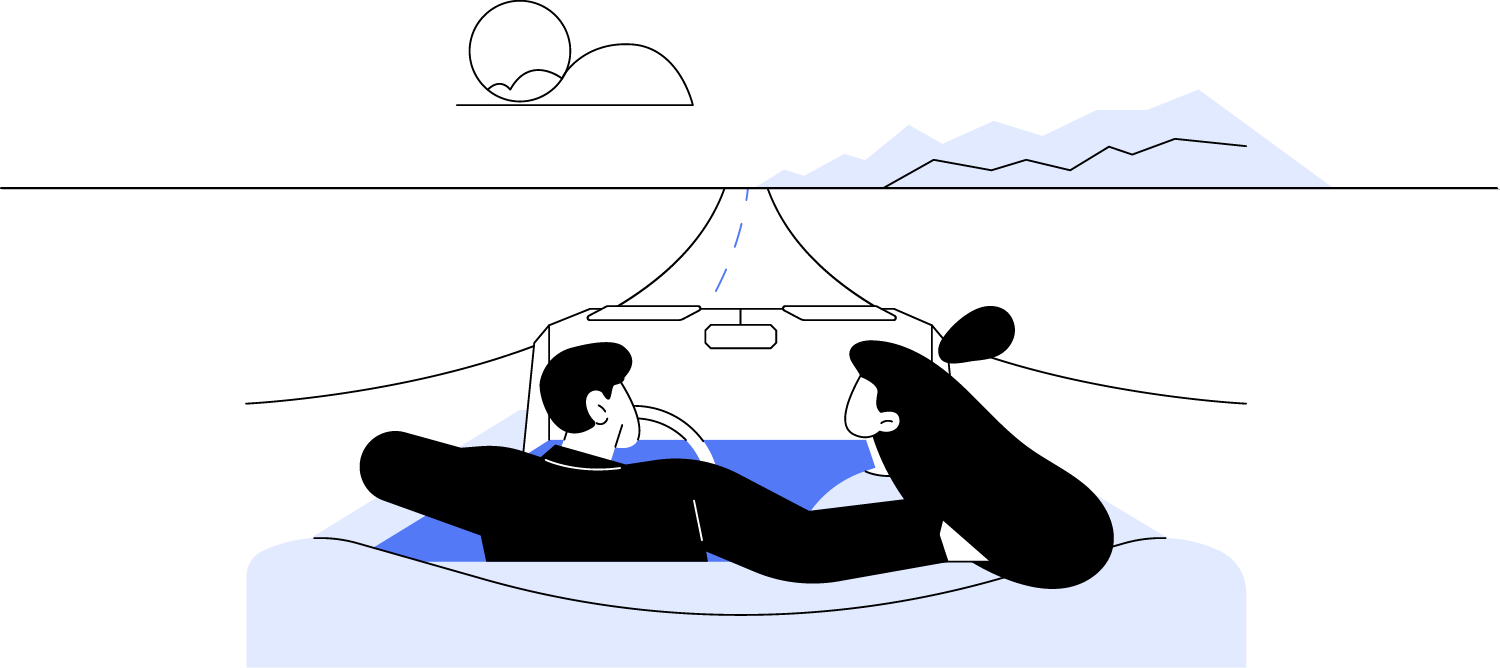Feeling motion sickness? You’re not alone. The Market volatility is shaking out investor patience and the sour sentiment reflects it. Just when you think it’s about to get worse, a reversal rally sets in to soothe investor angst into the weekend. Get used to it. I ended our Summer Newsletter, sent out last week, stating that the Market was going to be bumpy for the rest of the year. That it is. Nice start to July, eh? Would you believe that the Dow and S&P are still up for the month? The ride at this stage of the cycle is seldom fun. It’s about survival mode, playing defense first but being ready to ride a strong current when it shows up. It’s Bear Market territory.
Price matters. The price of everything has been volatile. It’s as if we’re experiencing boom/bust cycles everywhere. From stocks to houses and even cryptocurrencies, euphoric buying with cheap to free money created asset bubbles. It was one Hell of a party. Investor’s embraced 2021 like it was 1999. You remember then. The prevailing mindset was prices only go up. That was the herd mentality. It was raging while it lasted. Some people left early, but regretted it at first because they were missing out on more fun. Disciplined investors have to resist temptation, no matter how hard it is. Because when the party ends, so does the fun. Reality returns. Money is no longer free. Access is tighter. It brings one Hell of a hangover too. Paying for it hurts. That’s when it feels like prices will never stop going down. That’s what it’s felt like for stocks for much of 2022.
The Market is absorbing so much at once. High prices top the list for Americans. Inflation at levels not seen in 4 decades is swallowing consumer spending. It’s happening with slowing growth, both economically and with corporate earnings. There’s a whole lot of political and social unrest around the country. People are angry and discouraged. There’s a war in Europe. And oh yes, we’re still dealing with a pandemic. There’s clearly so much going on. Inflation remains Public Enemy #1, as far as consumers and investors are concerned. It’s excruciatingly high. But there are many areas where prices are falling, suggesting these multi-decade price increases are coming to an end.
9% inflation. It happened. It was expected to be high; But not that high. The Consumer Price Index (CPI) surged by an annualized 9.1% in June. That marked the fastest pace in 4 decades. Inflation has been running at 8%+ most of the year. You have to go back to 1981 the last time 9% happened. That was Ronald Reagan’s first year in the White House. Ordinary People won the Oscar. The Niners were on their way to their first Super Bowl title. Dwight Clark had yet to make the Catch. It got better from there.
The hotter inflation report puts the Fed rate hike path squarely back in focus. Expectations were for 75 basis points at their July meeting, which takes place in 2 weeks. The odds of a 100-basis point (1%) hike rose to 45% after the CPI report. The odds were just 13% before the 9% release. Interestingly, it fell back down to 31% by Friday. The Market has been signaling that the Fed’s aggressive actions could, if not will, drive the Economy into a recession. Since things are relatively better here than overseas, the Dollar has been surging too. That strong Dollar could weigh on corporate earnings. Multi-national corporations with a large chunk of international revenues will feel the currency hit. Sales overseas get more expensive. Microsoft already signaled that. The 16% rally in the Dollar translates into an 8% drag on S&P 500 earnings per share (EPS) growth. Price matters.
The Bond Market has been signaling trouble for a while. The yield curve is inverted again. The spread between the 2-Year and 10-Year Treasury Bond yields reached a negative 25 basis points. The 2-Year is even higher than the 30-Year yield. People are paid more to lend for 2 years than they are for 30. It’s backwards. It does that when things get screwy. That’s a technical term. It’s generally a sign of recession ahead. That’s the Market’s signal. However, it’s believed that the Fed’s preferred measurement is the 3-Month to 10-Year yield spread. That’s still positive. So, there’s that.
Here’s the deal: Whenever the Fed tightens policy, the curve flattens. It’s basic bond math. If the Market expects the Fed to tighten aggressively and above the neutral rate, like it does today, the curve will increasingly invert. The yield-curve inversion is a result of the Market believing that the Fed won’t be able to keep rates above neutral for long. Right now, the Market expects the Fed to hike to 3.5% by year-end. But it also expects to reverse course and cut interest rates in 2023. That would come with a recession.
Good news on the inflation front: Commodity prices have cooled big time. It just happened after the inflation reports were tabulated. Crude Oil fell 10% this week, at one point erasing all of the gains since the Russian invasion of Ukraine began. Gasoline prices have declined 28 straight days, the longest stretch since the demand destruction fears in early 2020. Despite being in the heart of the Summer Driving Season, gasoline demand has declined 3 of the last 4 weeks. People are well aware of that price at the pump. Tank filling has shrunk. In addition, lumber prices have been cut in half. Copper is down over 30%. This is all stuff we use on a daily basis. This is all deflationary. Price matters.
The American Consumer is still hanging in tough. Retail Sales for June came in better than expected. And unlike prior months, it wasn’t just the gas station that saw increased sales. There were notable gains from online sales, home furnishings, and quite importantly, restaurants and bars. I could say the Retail Sales number was stronger than expected, but I won’t. The better than expected had a lot to do with higher prices. In nominal terms, it was lower. You’ve probably noticed it when you’re out and about. Americans are paying more for less.
While the inflation data and Fed remain the most important directional influences for the Market, it’s earnings which are increasingly viewed as next key area of focus. Earnings drive stock prices. Q2 Earnings Season kicked off this week. It always starts with the Banks. They provide a read-through to Consumers and Corporate America. Follow the money. The tone so far is very mixed, which frames where we are in this slowing cycle.
Results from JP Morgan and Morgan Stanley did not set a good tone for what lies ahead. They weren’t good. Both stocks slid following lower-than-expected earnings. Then they reversed those losses with a rally into the weekend. Wells Fargo and Citigroup had better things to say. Simply put, the Market has priced in a lot of bad already. The question is, how bad does it get? That’s going to be a question for the rest of 2022.
JP Morgan announced it set aside another $400+ Million to cover possible future loan losses. They’re playing some defense in case things go south. That was a bit of a shock to the system. On the upside, JP Morgan reported its best earnings from lending in over a decade, benefiting from the rising interest rate environment. CEO Jamie Dimon was positive on the American Consumer and Corporate America, with cash balances and defaults holding up well, and spending on Chase credit cards even rising 21% from a year ago. So basically, things are still holding in ok. Some good, some really not so good. That’s how it is. But as Wayne Gretzky reminds us, it’s where the puck is heading that matters.
Companies with strong brands with strong demand and pricing power are delivering. PepsiCo reported a double-beat, topping expectations for both revenue and earnings. Management raised its guidance for revenue growth to be 10% this year. That is a really good sign that consumers are still spending. The company didn’t increase guidance for profits, suggesting that higher costs are still an issue.
Amazon had a stronger than expected 2-day Prime event. Sales increased 9% from a year ago. The company reported that members bought more than 300 Million items worldwide. That made it the single biggest event in Amazon’s 28-year history. There were 250 Million items sold last year. Cosmetics, Levi’s apparel and Apple watches were amongst the best-selling items. It’s another indicator that the Consumer is still spending. That is critical for the American Economy, which relies on it for two-thirds of its GDP.
Things are more affordable for Americans visiting Europe this Summer. The Dollar hit parity with the Euro currency this week. It’s the first time that happened since 2002. That was in the early years of the Euro’s existence. The chances of a European recession are far more pronounced than they are in the U.S. In fact, the EU Economy has likely already recessed. The European Central Bank is struggling to fight inflation without killing its economy. The continent has faced severe inflation as well as an energy crisis. Dependent on Russian oil & gas, supplies have shrunk, and alternate sources have been tough to come by. The shutting down of the Nord Stream 1 pipeline for annual maintenance exacerbates the issue. Moscow just might not turn it back on.
Similar to the situation in Europe, ultra-dovish policies in Japan are keeping the Yen currency under pressure too. That has led to a tidal wave of Dollar buying in the Forex Markets. Central bankers have historically welcomed a weaker currency to stimulate growth by making exports more competitive. But that can exacerbate the inflation issue as it drives up price gains by making imports more expensive. They’re in a big pickle with major consequences. The Yen and the Euro are by far the most traded currencies in circulation against the Dollar. So, when both are weak, it makes it nearly impossible for anything to rival the American Greenback.
Back to the Market: This is clearly a challenging environment. Corporate America is dealing with all of these challenges head-on. The Market sell-off has gone a long way to factor in the contraction of earnings and economic data. High inflation and the Fed tightening have put on the squeeze. The Market has already priced in an earnings slowdown. But it doesn’t seem to have priced in an earnings recession. We are just not at the point where we could say the Market is cheap. Despite some major declines, many stocks are still expensive if earnings estimates prove too high. We will learn a lot in the coming weeks.
Selling exhaustion seems to be showing some signs. But buyers are not stepping in with any thrust. It’s more like nervous buying in place. It’s a start. It’s a process. First thing’s first: prices need to stop going down before they can go up. That happened on both Wednesday and Thursday, which led to higher levels Friday. The fact is, pretty much any business is worth less today than it was 6 months ago. The higher price of money has dented asset values for a while. Focusing on prices and levels from back at the start of the year is flawed. Those were bubble-like levels. And those bubbles burst. I say it again; Price matters.
There are values throughout this Market right now. Taking the long view, we see much to like. The problem is, stocks can get cheaper and cheaper still. That’s the short-term issue. The pressure is still on. Bottom formation usually takes time. The Covid Crash was a complete anomaly. Recovery is normally shaped like a “U” not a “V”. Besides, investors are notoriously late and nervous near bottoms. Amazon proved again this week that sales attract buyers. It’s not the case everywhere. Wall Street is the only market where customers get spooked when things go on sale. Buy low, sell high is the mantra for the Stock Market. But buy high and sell low has been the herd’s way. It’s proven time and again. It always happens.
We’re skating to where we think the puck is going. It’s moving fast and in many directions. We play the long game. We’re not getting caught up in the drama and volatility. We take what the Market gives us. We expect Bear Market rallies ahead. But we still plan to play a lot of defense.
Have a nice weekend. We’ll be back, dark and early on Monday.
Mike







